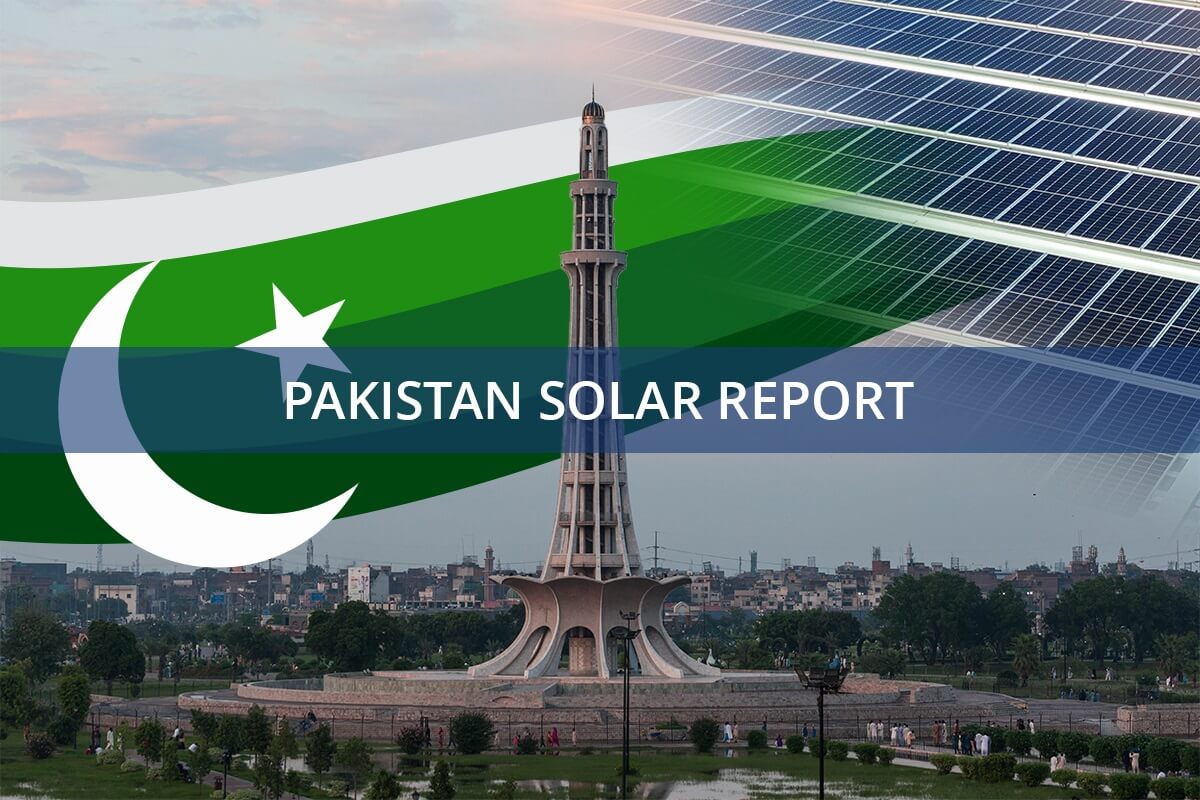Pakistan is poised to reach an impressive milestone by generating 25% of its utility-scale electricity from solar and wind energy by 2025. This ambitious target is part of the nation’s comprehensive strategy to diminish its dependency on fossil fuels, mitigate air pollution, and tackle the pressing challenges of climate change.
Rapid Growth of Pakistan Solar Power and Wind Energy
The expansion of solar and wind power in Pakistan has been remarkable, driven by a blend of government policies, decreasing costs of renewable energy technologies, and a growing awareness of environmental concerns. Over recent years, Pakistan has significantly invested in solar and wind power infrastructure, supported by international organizations and private sector partnerships.
According to the Alternative Energy Development Board (AEDB), Pakistan’s installed capacity of renewable energy reached approximately 3,000 megawatts (MW) by the end of 2020. This capacity is expected to continue its rapid growth as the government intensifies its efforts to promote renewable energy projects and attract foreign investment. For more insights on Pakistan’s solar capacity, visit Pakistan Solar Panel Manufacturing | Market Insights Report.
Favorable Conditions for Pakistan Solar Power and Wind Development
Pakistan’s geographical location provides substantial advantages for developing solar and wind power. With abundant sunlight throughout the year and vast expanses of arid land, the country is ideally positioned to harness solar energy. Meanwhile, wind power potential is particularly high in the coastal regions of Sindh and Balochistan, where consistent and strong winds provide ideal conditions for wind farms.
Several large-scale solar and wind projects have already been completed or are underway. For instance, the Quaid-e-Azam Solar Park in Punjab ranks among the largest solar power plants in the region, contributing significantly to the national grid. Additionally, the Jhimpir wind corridor in Sindh hosts numerous wind farms generating hundreds of megawatts of electricity collectively. You can explore more about these achievements at Pakistan solar capacity Surpasses 4 GW: An Extraordinary ….
Government Policies Supporting Pakistan Solar Power Initiatives
The Pakistani government has introduced several initiatives and policies to encourage the development of renewable energy. Incentives such as tax exemptions, subsidies, and streamlined approval processes for renewable energy projects have attracted both local and international investors. The government has also implemented net metering policies, allowing consumers to sell excess electricity generated from solar panels back to the grid, thus promoting the adoption of rooftop solar systems.
Furthermore, Pakistan’s National Renewable Energy Policy aims to increase the share of renewable energy in the country’s energy mix to 30% by 2030. This policy underscores the importance of diversifying energy sources to ensure energy security and reduce greenhouse gas emissions.
Challenges and Future Prospects for Pakistan Solar Power Expansion
Despite significant progress in developing solar and wind power, challenges remain for Pakistan. The country’s energy infrastructure requires further upgrades to accommodate renewable energy integration into the national grid. Moreover, continuous investment in research and development is needed to enhance the efficiency and cost-effectiveness of renewable energy technologies.
Nonetheless, the future of solar and wind power in Pakistan appears promising. The government’s commitment to renewable energy, coupled with declining costs of solar panels and wind turbines, is likely to drive further growth in the sector. Additionally, international support from organizations such as the World Bank and the Asian Development Bank will play a crucial role in financing and implementing large-scale renewable energy projects.
As Pakistan continues to expand its solar and wind power capacity, the country will not only meet its energy needs but also contribute to global efforts to combat climate change. By reducing its dependence on fossil fuels and embracing clean energy, Pakistan is setting an example for other developing nations to follow in the transition towards a sustainable and environmentally friendly energy future.

